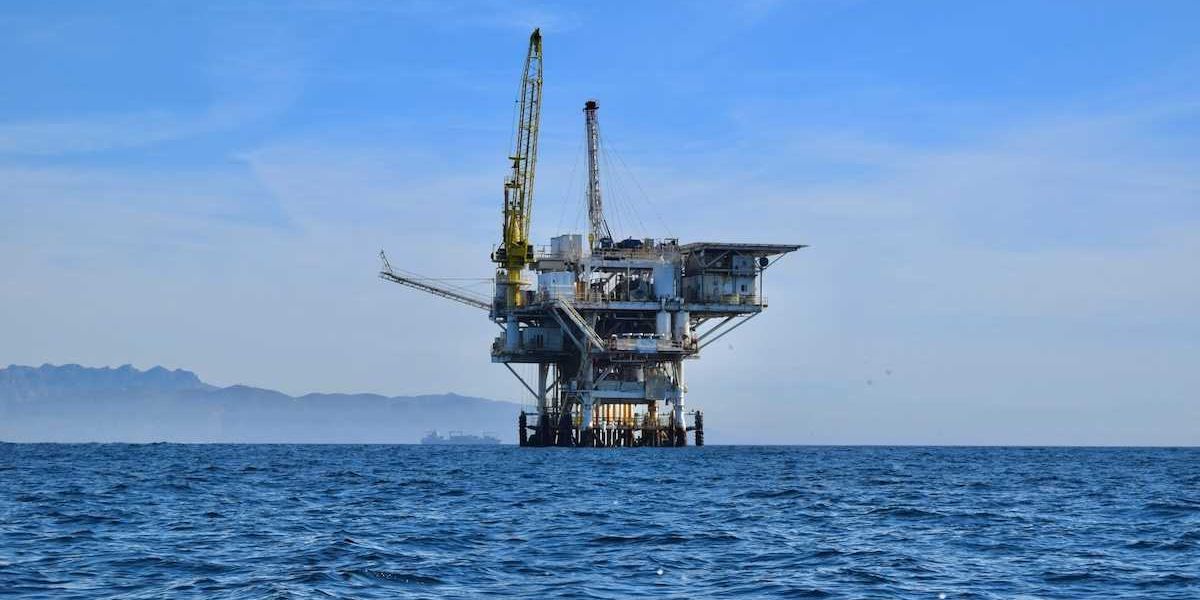Scientists reevaluate coastal threats as new dangers emerge
Scientists who forecasted risks to rocky shorelines 25 years ago have revisited their predictions, finding they were right about some threats but underestimated climate-driven impacts.
In short:
- The scientists correctly predicted declines in oil spills, rising invasive species due to warming seas, and increased sediment from industrial farming and coastal development.
- They underestimated the role of extreme weather events, coastal mining, ocean acidification, and the scale of plastic pollution, which have intensified environmental stress on coastlines.
- Some fears, like offshore wind farms damaging marine habitats, proved overstated; instead, these structures have sometimes created new habitat and improved species connectivity.
Key quote:
“Our shorelines are sentinels for the global ocean and, for many people, their window to what is happening in our seas.”
— Professor Stephen Hawkins, Lankester Research Fellow at the Marine Biological Association
Why this matters:
Rocky shorelines are among the most visible and vulnerable interfaces between land and sea, serving as crucial habitats for marine life and acting as buffers against storm surges and erosion. When these environments degrade, the effects ripple outward—altering ecosystems, damaging fisheries, and threatening coastal communities. As climate change intensifies and new pressures like plastic pollution and ocean acidification rise, scientists must constantly adapt their understanding to keep pace. With growing populations crowding coastlines and marine biodiversity under pressure, misjudging these threats can mean both environmental and public health consequences.
Related: Oyster farms face growing threat from ocean acidification in the Pacific Northwest













